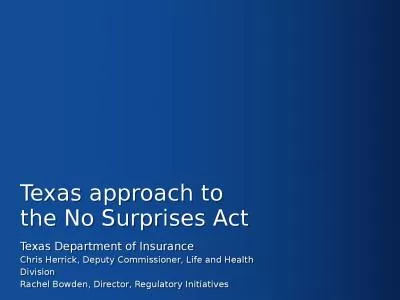PPT-The Texas Synchrophasor Network
Author : olivia-moreira | Published Date : 2018-11-09
Presented at the IEEEPES Fort Worth Chapter Meeting February 16 2016 by Prof Mack Grady Department of Electrical amp Computer Engineering Baylor University Waco
Presentation Embed Code
Download Presentation
Download Presentation The PPT/PDF document "The Texas Synchrophasor Network" is the property of its rightful owner. Permission is granted to download and print the materials on this website for personal, non-commercial use only, and to display it on your personal computer provided you do not modify the materials and that you retain all copyright notices contained in the materials. By downloading content from our website, you accept the terms of this agreement.
The Texas Synchrophasor Network: Transcript
Download Rules Of Document
"The Texas Synchrophasor Network"The content belongs to its owner. You may download and print it for personal use, without modification, and keep all copyright notices. By downloading, you agree to these terms.
Related Documents

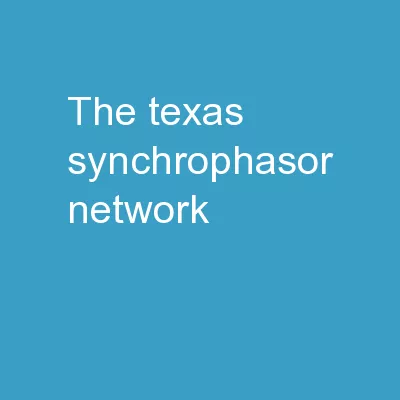
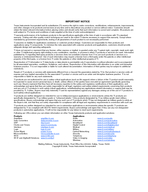
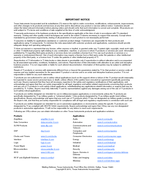
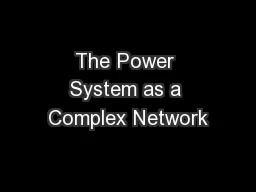
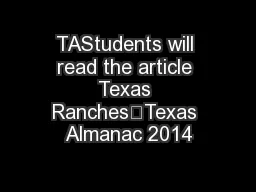

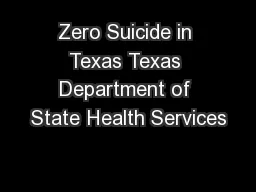

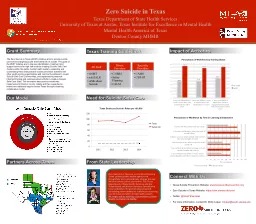

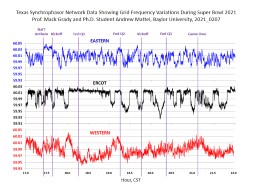
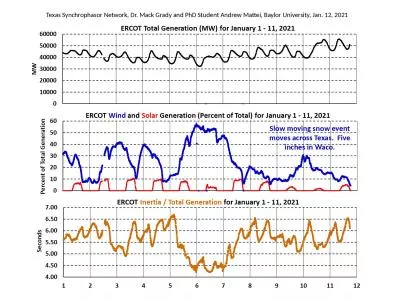
![READ [PDF] Texas Penal Code, 2018 ed. (West\'s® Texas Statutes and Codes)](https://thumbs.docslides.com/1019651/read-pdf-texas-penal-code-2018-ed-west-s-texas-statutes-and-codes.jpg)
